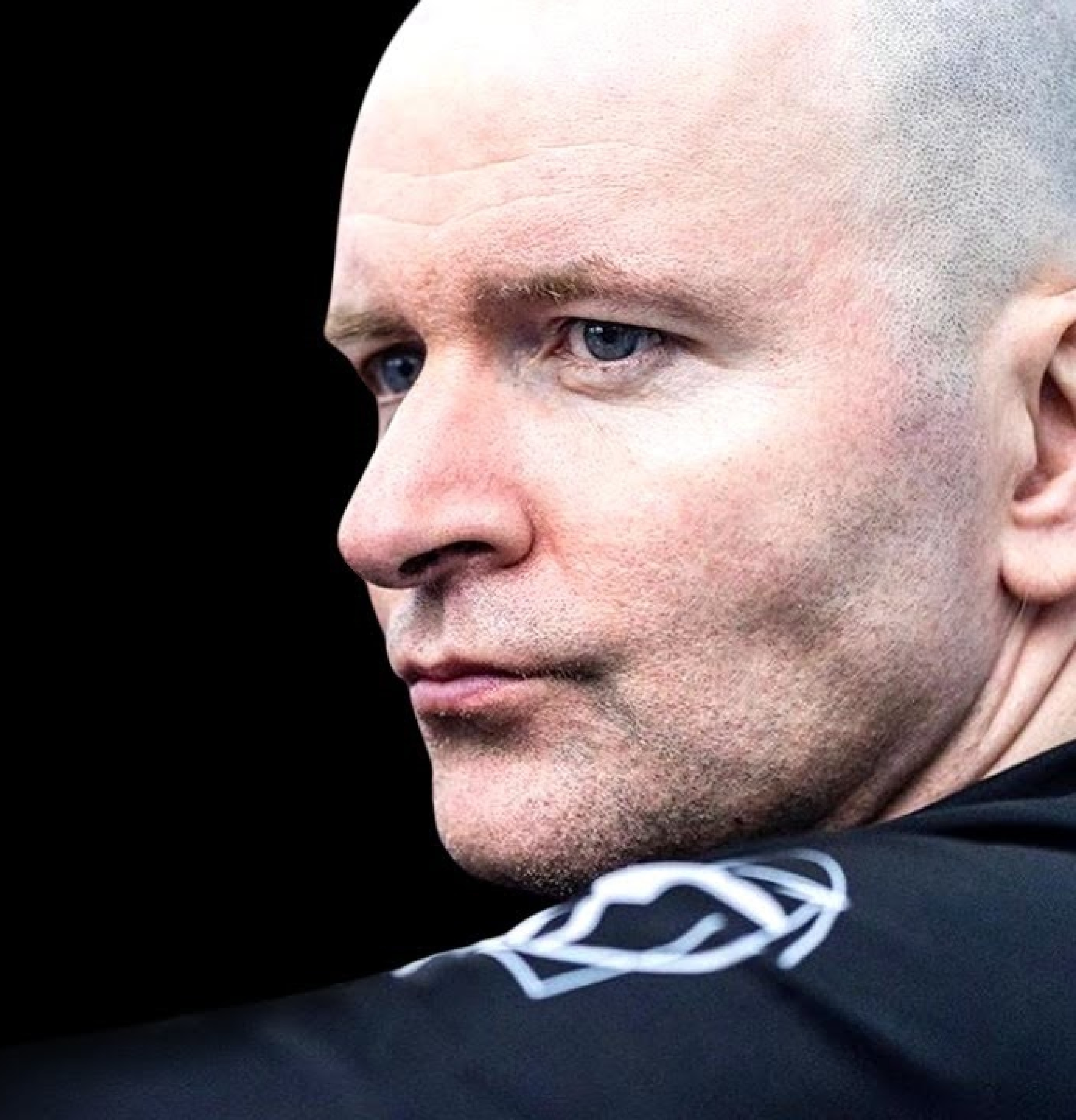Street Fighting

Which martial art best prepares you for a street fight? It’s a question that comes up in any discussion about martial arts and it’s been debated endlessly for hundreds of years. No surprise, it was brought up on Lex Fridman’s podcast during an interview with John Danaher, who is often considered to be one of the best coaches in jiu-jitsu and MMA fighting.
Danaher is familiar with the debate, but rather than simply naming one discipline, he tells Lex, “The way this gets framed as a question often condemns you to bad answers from the start.” As he explains, individual style is less important than how one is trained. As Danaher explains in the above video, training in martial arts can be loosely divided into two camps.
Two Camps
Danaher describes the two types of martial arts as non-sporting martial arts and combat sports. In the former, students learn the theory behind an individual move and the instructor executes the technique on a volunteer. The class then uses that theoretical knowledge on a passive partner or while engaging in drilling exercises.
Combat sport training typically begins the same way. The instructor demonstrates a new move or technique that will be the basis of the day’s lesson. The two then diverge, as combat sports then allow the students to try to execute the move on an active partner. Rather than simply repeating the steps outlined by the instructor, students have to figure out how to incorporate the move into a live sparring scenario.
According to Danaher, it’s largely irrelevant which style of martial arts you are learning if you are not engaging in combat sports. “Nothing will prepare you for the intensity of a genuine altercation better than combat sports,” Danaher says.
Training in a Jiu-Jitsu Gym
Jiu-jitsu is a combat sport because it involves live sparring with active partners. However, not all jiu-jitsu gyms are the same. Some gyms may focus on a form of jiu-jitsu that is designed for jiu-jitsu tournaments. Other gyms will teach a form of jiu-jitsu that is adapted to better prepare students for a street fight.
Tournament Jiu-Jitsu
Gyms that teach students how to thrive in jiu-jitsu tournaments largely focus on exploiting the rules of tournaments, which have time limits, rules, and well-regulated point systems. Those who compete in these tournaments are taught to internalize certain strategies that will help them accumulate more points and use time limits to their advantage. As there are prohibitions on strikes, slams, and several other types of moves in tournaments, there is usually little emphasis on learning how to strike or how to defend against strikes, though tournament jiu-jitsu gyms still teach students with live sparring and drills involve an active partner.
Non-Tournament Jiu-Jitsu
Gyms that teach students how to use jiu-jitsu techniques outside of a tournament setting tend to focus on real-world scenarios where there are neither time limits nor points. As in tournament jiu-jitsu, students will engage in live sparring, drill with an active partner, and learn practical applications of jiu-jitsu moves. Additionally, students will become more comfortable with things that are prohibited in tournament jiu-jitsu, such as striking.
Is Non-Tournament Jiu-Jitsu Better for Self-Defense?
It should be stated that one form of jiu-jitsu is not better than the other. No matter which type of jiu-jitsu gym a student ultimately attends, you will learn the techniques of jiu-jitsu and become better prepared to defend yourself in an altercation.
Real-world fights may not be governed by rules, but they are governed by certain dynamics that you can only learn through practical experience. If you are familiar with those dynamics because you are regularly sparring against another person, but your opponent is unfamiliar with those dynamics, you will have an enormous advantage. You will be able to think clearly, while they are thinking like a panicky animal. You will be able to move efficiently with purpose and strategy, whereas they will act recklessly and tire themselves out quickly. You will be able to anticipate what they are going to do because you have put in the time.
To return to what Danaher said, the question of style is less important than the question of whether or not you have experience in an active fight scenario, which is something that you can only safely develop when training for a combat sport. If you want to learn how to defend yourself and to thrive in a real-world altercation, you should find a gym where the instructor is not only teaching theoretical knowledge about a martial art, but also encouraging drilling with active partners and live sparring.

